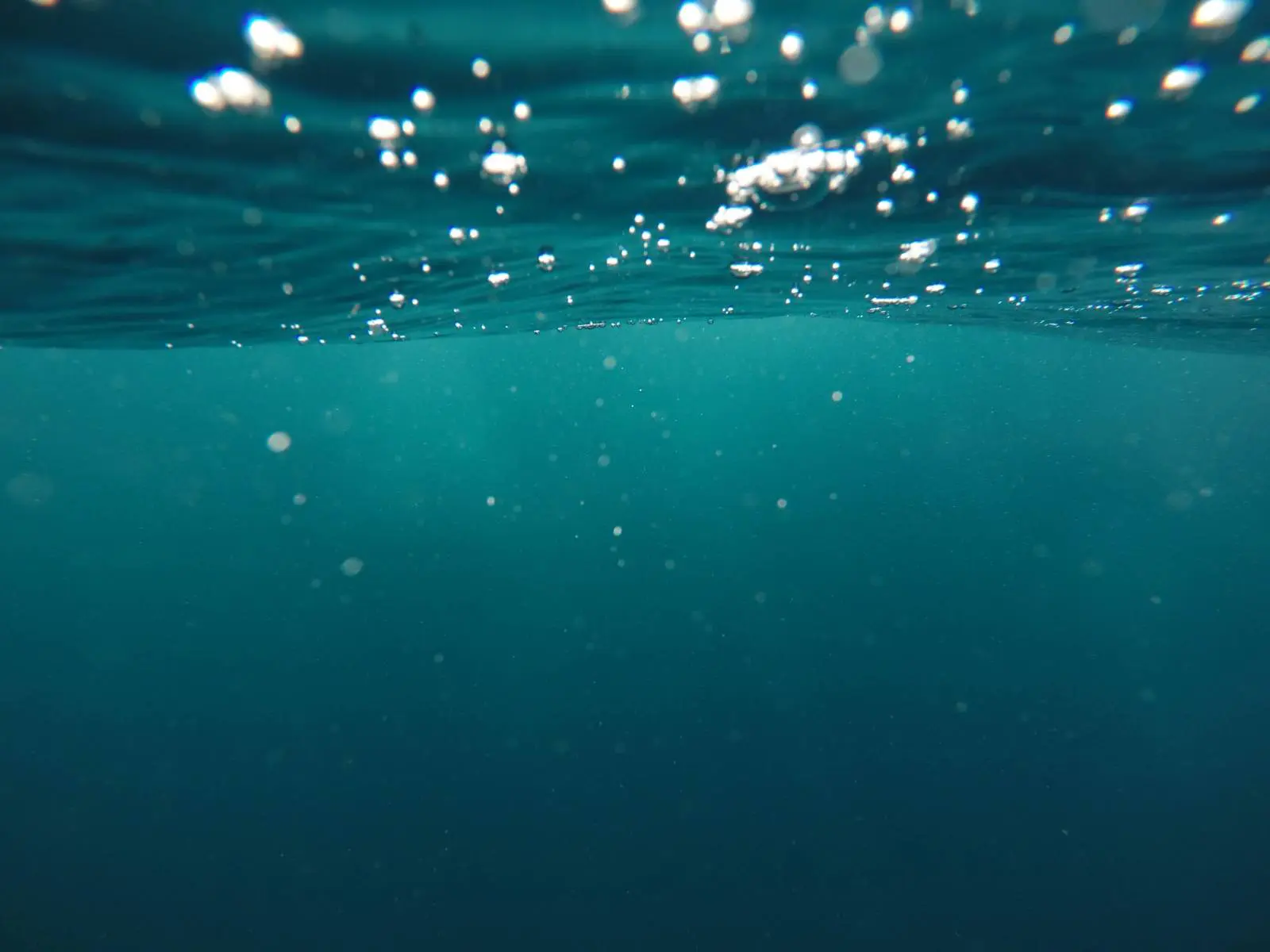A tilapia farm in Campeche, Mexico, is the first aquaculture operation in Latin America to experience labor savings and enhanced production from the In-Pond Raceway System (IPRS).
First introduced to Chinese fish farmers by the International Soy in Aquaculture Program of the U.S. Soybean Export Council (USSEC), the IPRS technology has been widely adopted throughout China and Vietnam for its many advantages in product safety, operational efficiencies and resource conservation.
A 12-month demonstration project of the technology at La Granja Tilapia Farm brought the IPRS to Latin America, where pond aquaculture of tilapia and shrimp is expanding for a demanding domestic and export market. The demonstration was a notable success, producing 50 percent more yield while using less water, electricity and labor.
“We are very satisfied with this system,” said Francisco Romellon Sr., President of La Granja. “We’re now building raceways in four more ponds.”
The Romellon family was in the business of wild shrimp and turned to aquaculture as shrimp stocks decreased. After initially producing shrimp, the family turned to tilapia in 2008 and steadily increased production each year to supply a growing domestic market. La Granja expects to produce 2,200 metric tons of tilapia in 2018.
“The consolidation in the retail market with chain stores required us to keep increasing production with more technology, aeration, probiotics, and in that way we grew to the point of establishing a hatchery in 2016,” said Francisco Romellon Jr., Francisco’s son. “To supply the national market year-round with fresh product, we need to ensure product safety with a closed cycle, and the IPRS is in our plan.”
Jairo Amezquita, USSEC Project Manager for Aquaculture Utilization in the Americas Region, first told the Romellons about how the IPRS could improve their efficiencies while conserving resources, and about the technology’s rapid adoption in Asia. Together with Jesse Chappell and Esau Arana of Auburn University, who originally developed the technology, they provided instructions for building the demonstration raceways.
“We were skeptical of the new system at first,” said Francisco Romellon, Sr., “but were surprised at the much faster growth rate. We saved a lot of water and electricity, and it took much less effort in harvesting. We’re able to stock much smaller fingerlings at five grams, and don’t have to move them at 70 grams, so we can do several cycles a year without stopping.”
Amezquita believes that Latin American aquaculture can greatly benefit from IPRS technology with increased yields and less environmental impact.
“The IPRS, together with soy-based feed, is central to USSEC’s mission to support and promote sustainable aquaculture,” said Amezquita. “We’re confident that once Latin American producers realize how this technology can enhance their business, it will really help the industry grow in this region.”
For more information, visit www.soyaqua.org/technology/in-pond-raceway-system
